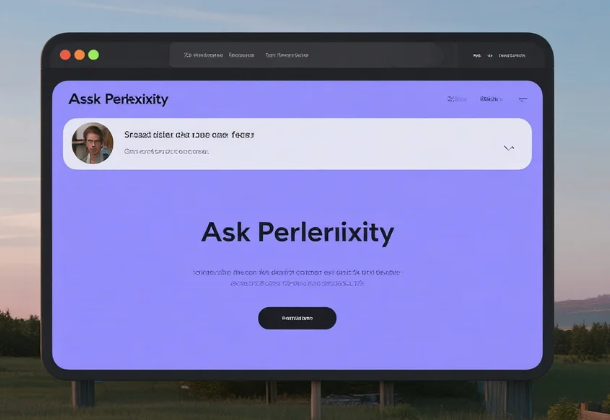Struggling to get precise information from Perplexity AI? You’re not alone. Learning how to effectively ask Perplexity questions is essential to unlock its full potential. Whether you're conducting research, solving problems, or writing content, this guide will help you communicate more clearly with the AI to receive sharper, more accurate responses.

Why Asking the Right Way Matters
Unlike traditional search engines, Perplexity AI is conversational. That means the way you phrase your query directly influences the result. If you're too vague, you'll get generic answers. If you're too specific in the wrong way, it might miss the broader context. When you ask Perplexity properly, you significantly improve both the quality and the relevance of the answers.
Asking clearly is not about using fancy language—it's about being concise, intentional, and structured.
1. Start with a Clear Goal in Mind
When you ask Perplexity, always begin with your end goal. Are you looking for facts, opinions, summaries, comparisons, or sources? This will guide how you phrase your prompt.
?? Instead of:
“Tell me about climate change.”
? Try:
“Can you summarize the top three scientific arguments for climate change with recent sources?”
2. Use Context to Refine Your Query
Context helps AI narrow its focus. Let Perplexity know if you're asking from a specific perspective—like a student, engineer, or marketer. Adding context makes it more likely that the output fits your expectations.
For example, when you ask Perplexity about “how to use Notion,” adding “for managing academic research” delivers more useful results than asking in general terms.
3. Add Specific Constraints or Formats
Want a bullet list? A table? A comparison chart? Ask for it! One of the best ways to boost accuracy when you ask Perplexity is to request specific formats or criteria.
“List 5 productivity tools with pros and cons”
“Compare Perplexity AI vs ChatGPT in table format”
“Summarize in under 100 words”
4. Ask Follow-Up Questions the Smart Way
One of the best features of Perplexity AI is the ability to have ongoing conversations. After receiving a response, continue the dialogue by asking clarification questions or requesting deeper insight.
If the first response is broad, follow up with: “Can you explain point #2 in more detail with an example?”
5. Avoid Common Mistakes When You Ask Perplexity
Even experienced users fall into these traps:
Being too vague: "Tell me about marketing"—but what kind of marketing?
Using ambiguous terms: Words like “best” or “top” need context. Best for what? Who?
Overloading with multiple questions: Break long prompts into separate, focused questions.
6. Use Reliable Sources When Asking for Factual Info
If you're asking for statistics, facts, or research data, specify the type of source you want. Phrases like “according to WHO” or “based on peer-reviewed studies” can increase the trustworthiness of the results.
For academic users, JSTOR and PubMed are great to mention when you ask Perplexity for citations.
7. Example Prompts That Get Better Answers
? Effective Prompt
“Give me a comparison of Grammarly vs Hemingway Editor for academic writing.”
?? Weak Prompt
“Which writing app is better?”
8. Tools That Enhance Your Perplexity Prompts
These tools can help you generate more structured and specific prompts to get the most out of Perplexity AI:
?? FlowGPT: Community-shared prompt templates
?? PromptPerfect: AI-powered prompt optimizer
?? PromptHub: Curated prompt database by use case
9. How to Ask Perplexity for Ongoing Tasks or Projects
You can also use Perplexity for workflows like writing, coding, or research. Here’s how to make ongoing requests effective:
Example: “Help me draft an email for a SaaS product launch. Then improve the tone for a Gen Z audience.”
10. Final Thoughts: Practice Makes Precision
The more you ask Perplexity with clarity and context, the better your results. Treat it like a skilled collaborator: give it structured input, guide it with feedback, and it will learn to serve you better. Whether you're writing blog posts, summarizing studies, or comparing software, how you ask determines what you get.
Key Takeaways
? Define your goal before asking
? Use context and format-specific queries
? Avoid ambiguity and multitasking prompts
? Explore follow-ups to refine the result
Learn more about Perplexity AI
